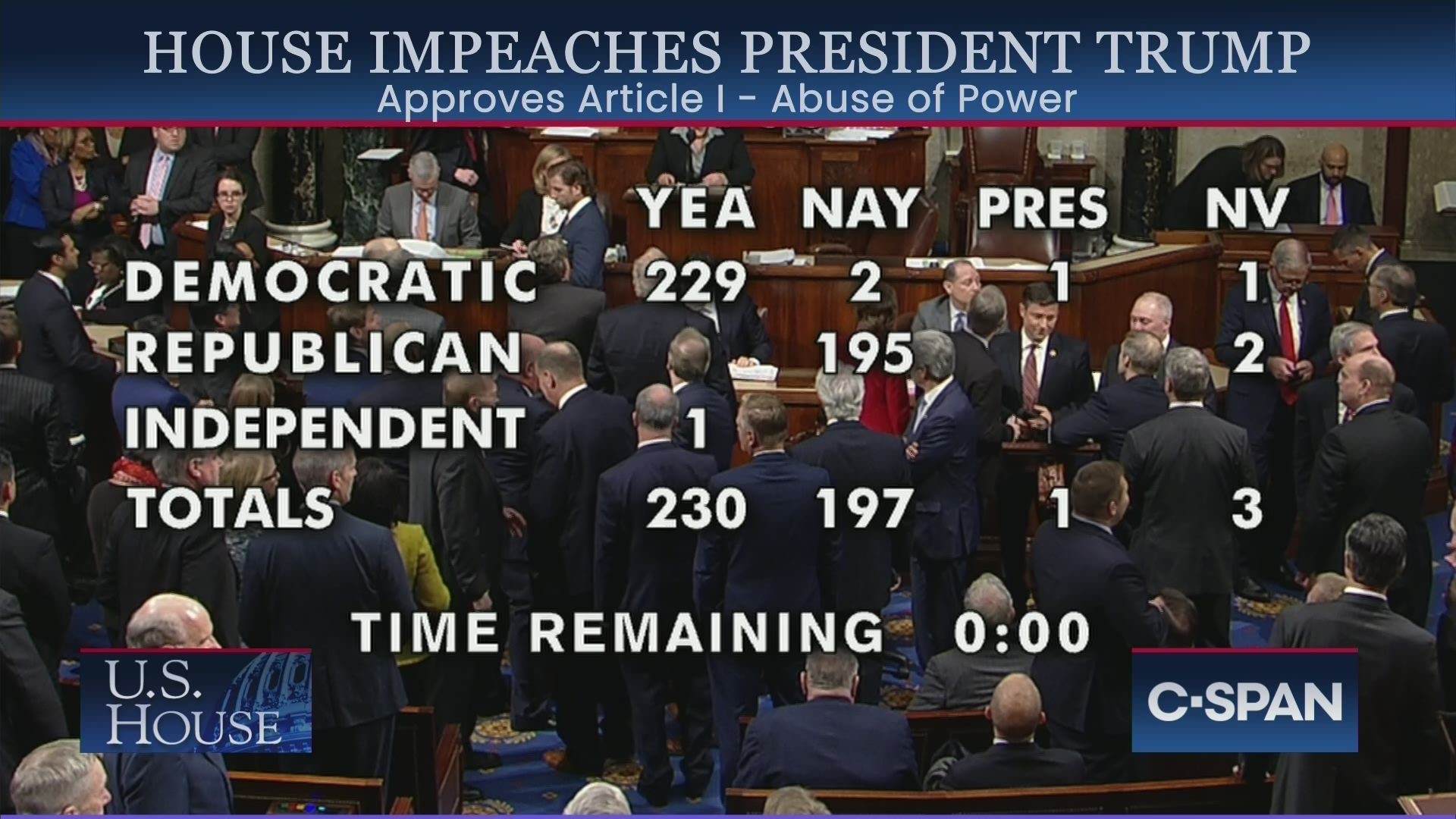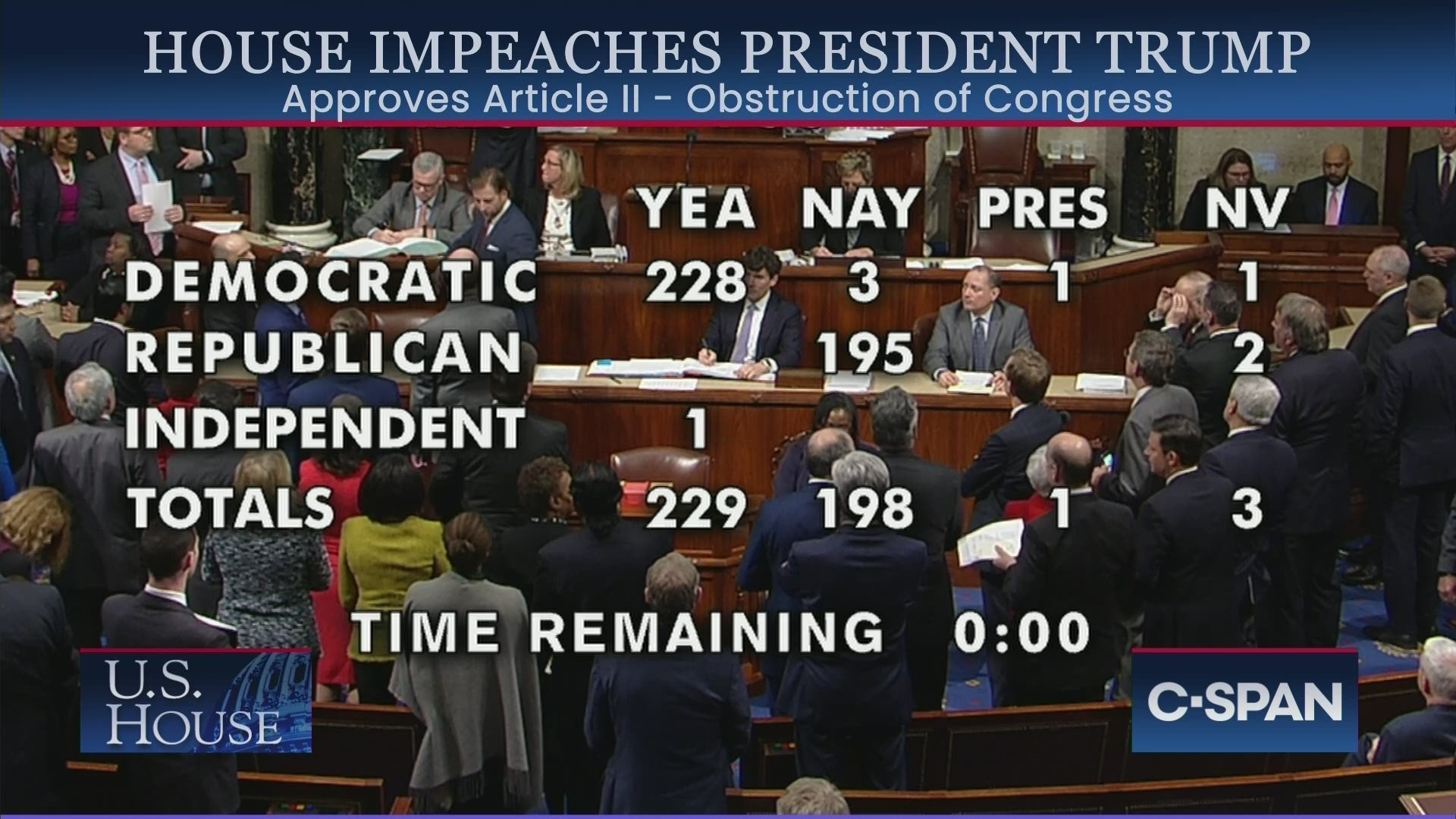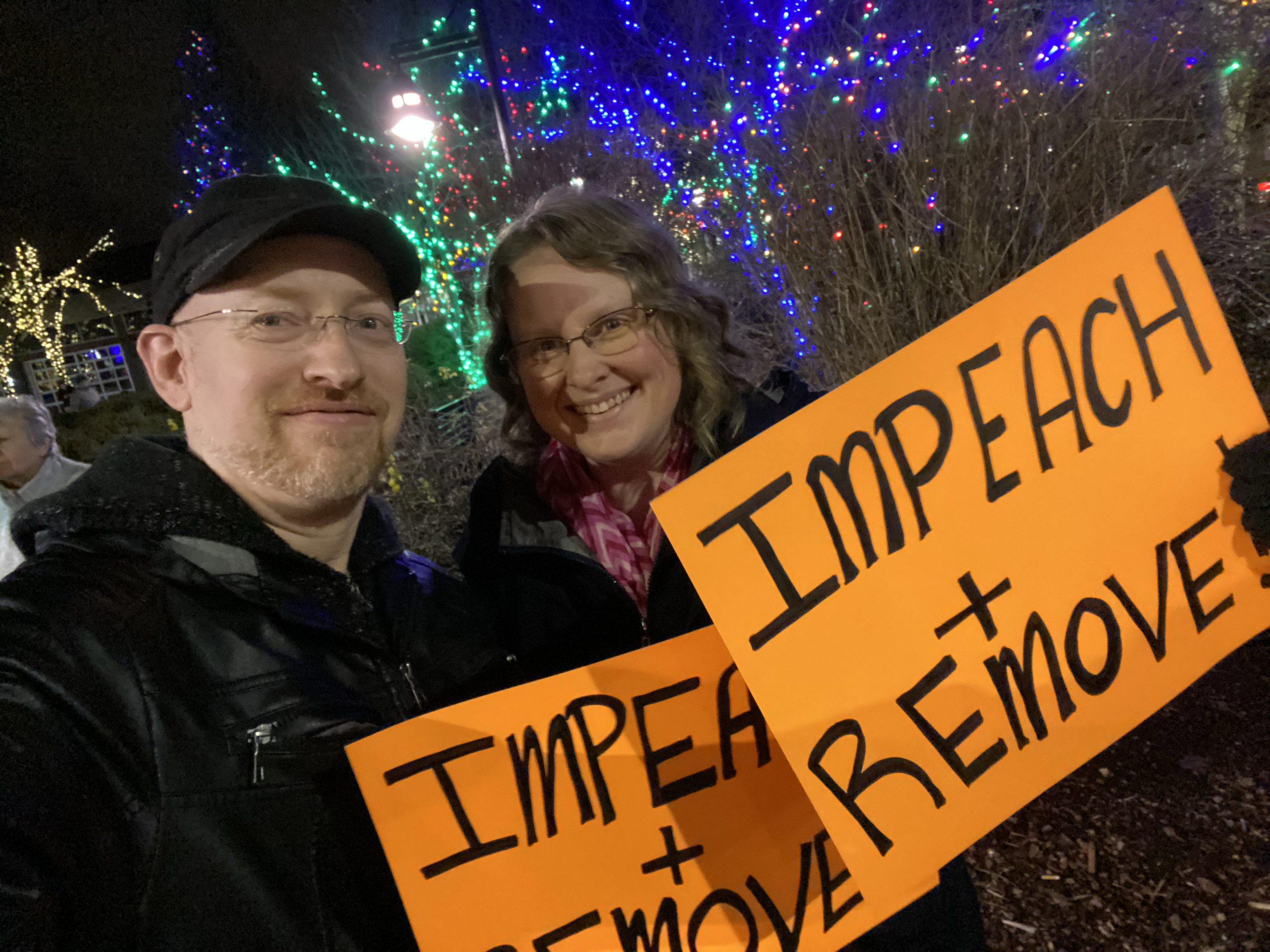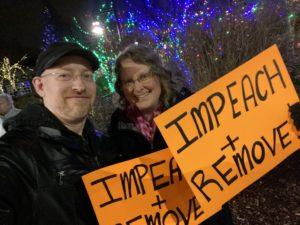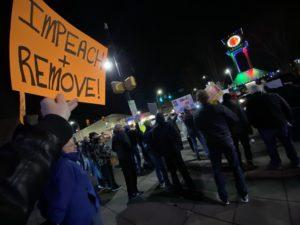It’s important to remember that Martin Luther King Jr. had a lot more to say in his life than just his “I Have a Dream” speech:
Figures like President Barack Obama have reminded us that King once said, “The arc of the moral universe is long, but it bends toward justice.” But over time, the great orator’s writings became less magnanimous and ever more convinced that white supremacy was the most significant obstacle in attaining liberation for all black people.
In his final book, Where Do We Go from Here: Chaos or Community?, originally published in 1967, King wrote that “Whites, it must frankly be said, are not putting in a similar mass effort to reeducate themselves out of their racial ignorance. It is an aspect of their sense of superiority that the white people of America believe they have so little to learn. The reality of substantial investment to assist Negroes into the twentieth century, adjusting to Negro neighbors and genuine school integration, is still a nightmare for all too many white Americans.”
He continued: “These are the deepest causes for contemporary abrasions between the races. Loose and easy language about equality, resonant resolutions about brotherhood fall pleasantly on the ear, but for the Negro there is a credibility gap he cannot overlook. He remembers that with each modest advance the white population promptly raises the argument that the Negro has come far enough. Each step forward accents an ever-present tendency to backlash.”
By this point in his life, King had abandoned the rose-colored glasses of his youth. Instead, he was laser-focused on addressing white supremacy in its basest and most intimate forms: in communities, schools, and neighborhoods.



